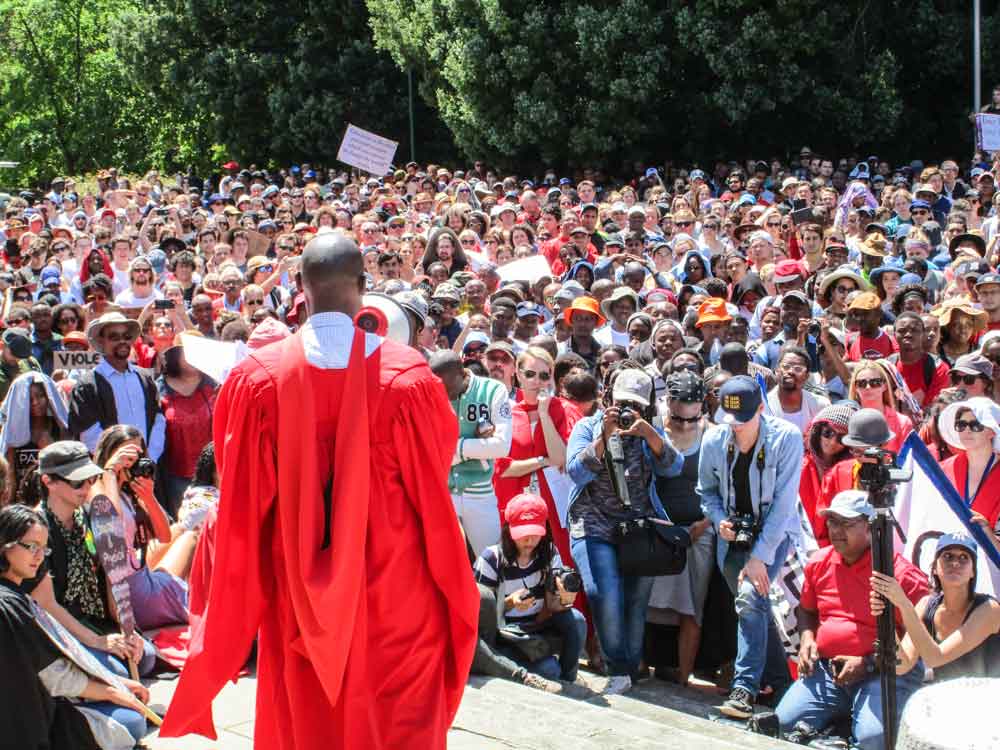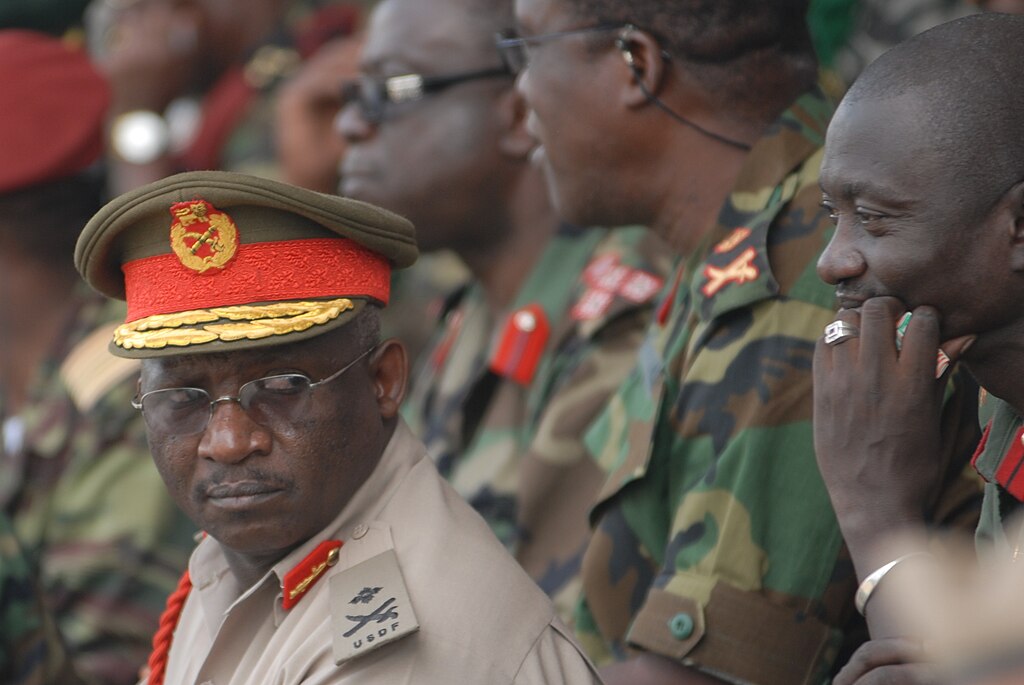In South Africa particularly, dissecting inequality along gendered lines provides a useful but one-dimensional understanding of the challenges that women face. At two recent HSRC Women’s Day conferences, speakers discussed the importance of asking “which women?”, and unpacking the role of language and narrative in shaping – and changing – women’s experiences.
In South Africa, the face of poverty remains the rural black woman. Referring to Statistics South Africa figures at the “gender, poverty and inequality” seminar on 6 August, the HSRC’s Dr Catherine Ndinda stated that while poverty within all racial groups declined between 2006 and 2015, it remains highest among black households. Within this group, female-headed households score highest on all measures of poverty.
At the 8 August seminar titled “Are we really committed to gender equality” Prof Narnia Bohler-Muller, a gender-based violence expert at the HSRC, noted that in the townships, two-thirds of households are women-headed. “Gender discrimination is deemed to be less serious than racial discrimination,” she said, and yet, “these cannot actually be separated.”
One of the most effective, documented ways of advancing women’s rights is through access to land and other productive assets. Ndinda, on behalf of Dr Sikhulumile Sinyolo, outlined a 2018 study which showed that female smallholder farmers in rural KwaZulu Natal had significantly poorer access to water, despite being the dominant agricultural producers. The study found that, with increased access to irrigation, women achieved greater improvements to household welfare than their male counterparts. Credit in the hands of women, who are usually the primary caregivers, also tends to have wider ripple effects.

Without titles to their land or assured access to water, women cannot maximise long-term agricultural productivity. They also lack the means of accessing credit and achieving financial independence – a cornerstone of gender equality. South Africa’s recent land debates are thus pertinent to women’s rights.
The Final Report of the Presidential Advisory Panel on Land Reform and Agriculture proposed that at least 50% of beneficiaries and of state resources go to women. Referring to the report in a July speech, Minister of Agriculture, Land Reform and Rural Development Thoko Didiza noted that most of the land reform to date has benefited men. Another positive policy move, pointed out by Jenny Schreiner at the 8 August seminar, is the adoption of a gendered approach to budgeting, planning, monitoring and evaluation that will be rolled out over the next few years. “In every single government programme, how money is used needs to have a gendered perspective,” she said.
The speakers at both seminars also emphasised the importance of language in changing perceptions of gender and women’s roles. “Structure, ideology and narrative matter in shaping gender equality policies,” Bohler-Muller said.
Dr Benita Moolman from the University of Cape Town argued that even the Bill of Rights reproduces a particular colonialist narrative and way of thinking – for example, in conceiving of gender as binary. “Coloniality is about the continuation of this topography of power… and how it’s embedded in everything we do.” She suggested reading African theorists as a starting point to dismantle language that unknowingly upholds a particular worldview which undermines equality.
Looking at everyday discourse, and how narratives are reproduced in the media, the HSRC’s Dr Konosoang Sobane pointed to the continued focus on women’s bodies as centres of value. Using the landing page of the entertainment section of a local news site as a case study, she argued that women are ‘sensexualised’ and represented as appendages to men through terms such as “wife”, “divorcee” etc. The men featured, on the other hand, are mostly referred to by their professional accomplishments.
As an audience member pointed out, women in the media may choose to craft public appearances that express and celebrate their sexuality on their own terms. However, consistently sexualised portrayals of female celebrities in mainstream news outlets are often reductionist rather than empowering, pointing to continued sexism in the entertainment industry and in broader societal discourses.
The internalisation of gender roles and female inferiority means that women often regard abusive or discriminatory situations as normal or inevitable. Bohler-Muller referred to the fact that the percentages of men and women who consider gender-based violence to be acceptable in certain situations are roughly the same. For example, she said, 6% of men and 5.2% of women believe that it’s ok to hit a woman if she goes out without letting him know. One speaker emphasised the need to unpack the academic terms of feminism to access the lived experiences of women in South Africa.
An audience member stood up to speak about her own experiences of abuse, and the normalisation of gender-based violence, saying “I didn’t know it was abuse. I thought all marriages were like that. I thought it was normal.”


